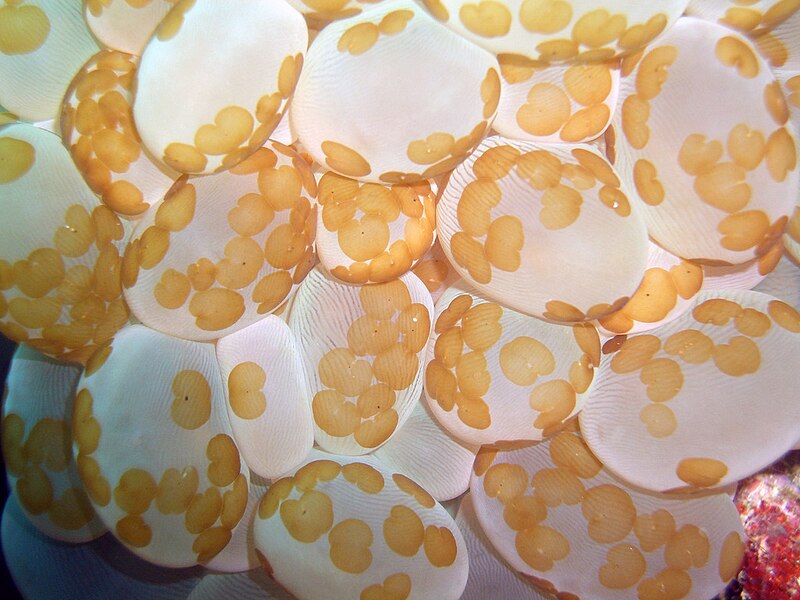 When in doubt, dip it. Whether you are a beginner, or veteran, reef aquarium keeper, your prized corals are susceptible to a wide range of pests, parasites and infections. Acropora Eating Flatworms (AEFW), Montipora Eating Nudibranchs (MENS), Zooanthid Eating Nudibranchs, snails and spiders, and pathogenic bacteria causing Rapid Tissue Necrosis (RTN) are far too common problems we face in the hobby. Wild harvested, farm raised, or even the coral you traded with a friend for, can potentially introduce some nasty little critters into your aquarium.
When in doubt, dip it. Whether you are a beginner, or veteran, reef aquarium keeper, your prized corals are susceptible to a wide range of pests, parasites and infections. Acropora Eating Flatworms (AEFW), Montipora Eating Nudibranchs (MENS), Zooanthid Eating Nudibranchs, snails and spiders, and pathogenic bacteria causing Rapid Tissue Necrosis (RTN) are far too common problems we face in the hobby. Wild harvested, farm raised, or even the coral you traded with a friend for, can potentially introduce some nasty little critters into your aquarium.
Quarantine is always the best practice to protect your display tank, but quarantine alone may not be enough. As another form of defense, get aggressive with your tank security, and incorporate a dipping process into your routine. Dip your new corals as an extra step of protection, every time. In addition to exterminating pests and parasites, dipping can also prevent infections in damaged tissues, or freshly cut tissues during artificial coral propagation.
There are many coral dips on the market today. Iodine-based dip products have been around for a number of years, and are still very popular. Products like Brightwell Aquatics MediCoral and Tropic Marin Pro Coral Cure are very effective against flatworms and bacteria. There are also a number of Herbal based coral dips that have found their way on to the market recently. Products like Two Little Fishies Revive Coral Cleaner, Coral rX Coral Dip, and even API’s Marine Melafix have become very popular with the coral propagation crowd.
 Dipping should be carried out, per the manufacturer’s directions, in a separate glass or plastic container. As I said earlier, it is best to be done in conjunction with a quarantine tank for observation. While many parasites can be removed with the coral dips, their eggs usually will not be removed, and repeated treatments may be necessary. But believe me, the benefits of the treatments and the prevention of these troublesome and destructive creatures will far outweigh the time and effort you put forth.
Dipping should be carried out, per the manufacturer’s directions, in a separate glass or plastic container. As I said earlier, it is best to be done in conjunction with a quarantine tank for observation. While many parasites can be removed with the coral dips, their eggs usually will not be removed, and repeated treatments may be necessary. But believe me, the benefits of the treatments and the prevention of these troublesome and destructive creatures will far outweigh the time and effort you put forth.
Red Acro Bug infestation image referenced from wikipedia and originally posted by JSteljes
Brown flatworms on bubble coral image referenced from wikipedia and originally posted by Samuel Chow and Haplochromis
 That Fish Blog – Aquarium Advice and Information
That Fish Blog – Aquarium Advice and Information


One comment
Pingback: Ask Nano Questions and Find Information (Nano Expert Albert Thiel) - Page 8